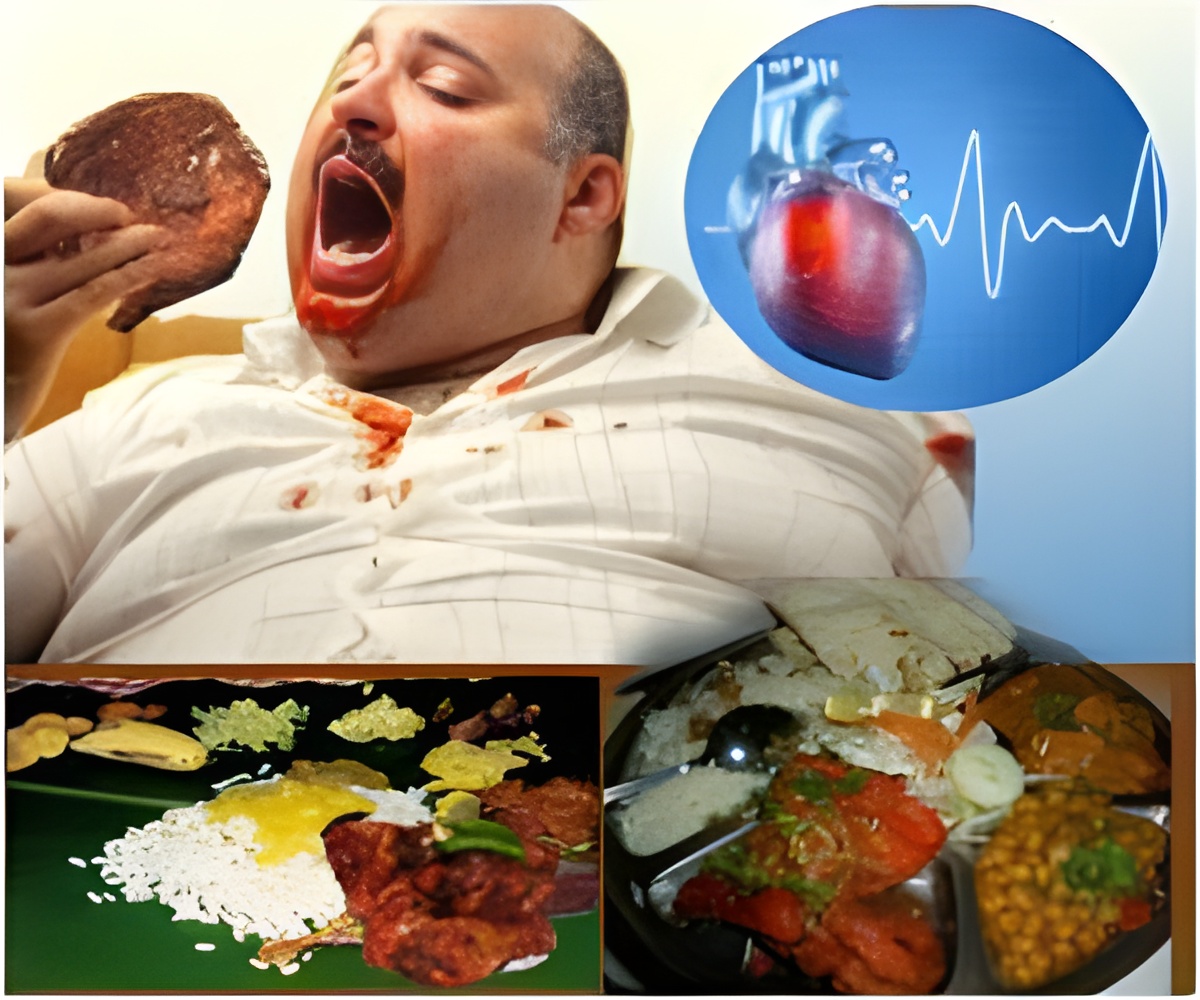Extremely obese teens are just as likely to engage in risky behaviors as their normal-weight peers, but in more dangerous ways.

Surprisingly, yes! According to a first of its kind study titled – ‘Risk-Taking Behaviors of Adolescents with Extreme Obesity: Normative or Not?’ published in the journal Pediatrics, teens engage in risky behaviors in more dangerous ways, such as, higher incidence of girls using drugs or alcohol before a sexual encounter. Further, the study found that very obese teenagers had experimented with cigarette smoking before they turned 13. With an aim to highlight the vulnerability of adolescents with extreme obesity, Megan Benoit Ratcliff and colleagues studied the high risk behaviors of adolescent high school students (HSS) with BMI greater than or equal to 99th percentile for age and gender.
The results were startling:
• Extremely obese adolescents comparatively tried cigarettes more frequently. Girls – adjusted gender-stratified odds ratios (OR): 2.0 and boys – OR: 1.5.
• Female HSS with extreme obesity portrayed greater odds of drinking alcohol/using drugs before their last sexual encounter as compared with their normal-weight counterparts – OR: 4.6.
• Male students with extreme obesity portrayed greater odds of smoking before age 13 – O R: 1.4.
The findings were contrary to the belief that social isolation and the stigma associated with obesity would let very obese teens engage in fewer risky behaviors as compared with typical adolescents. One of the investigators, Meg Zeller, finds it further worrisome because ‘obese adolescents are already at greater risk for the development of additional chronic health conditions, the likes of which may be exacerbated by cigarette smoking, resulting in compound health risks’.
Psychiatrists, S. Hossein Fatemi and Paula J. Clayton, mention in their book ‘The medical basis of psychiatry’ – ‘Socio-cultural factors play a strong role in shaping the course of adolescence, so the coping mechanisms and issues such as sexual behavior, substance use, etc. must be considered in context rather than solely being the results of individual pathology’. By relativity, it can be deduced that extremely obese adolescents are doubly affected by the socio-cultural and environmental stressors. Probably this is what leads them to these vulnerabilities.
Source: http://pediatrics.aappublications.org/cgi/reprint/peds.2010-2742v1
Source-Medindia









